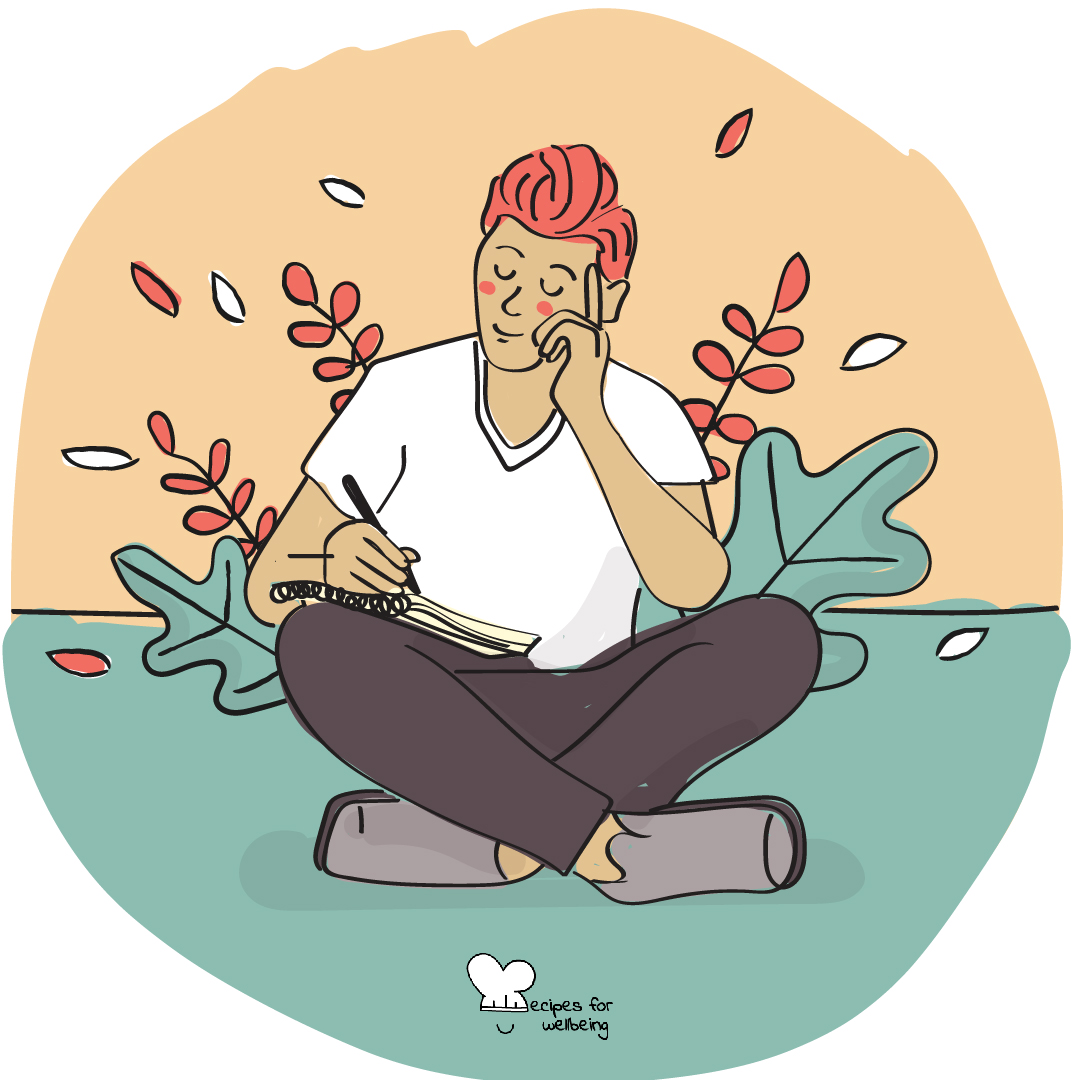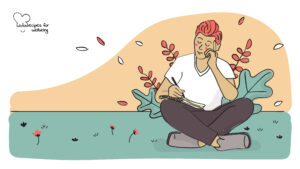
Wired for connection and belonging

The never-ending Christmas family meals (and arguments!) are a distant memory by now, but our need to connect hasn’t faded. Many of us may actually be feeling more lonely and isolated after coming back from an intense period of social bonding. Perhaps blue Monday (aka the most depressing day of the year, usually the third Monday in January) is simply an intelligently crafted marketing stunt to encourage people in the Northern hemisphere to seek respite from the cold winters by travelling to warm destinations… or perhaps it carries some truth into what might impact people’s happiness levels, such as weather conditions, time since Christmas, low motivation to carry on with already-failing new year’s resolutions… There are surely many elements that impact our wellbeing, but there’s one we’d like to turn our awareness to this month: our connections. In fact, our connections and relations play a crucial role in fostering our – and other people’s – happiness and wellbeing.
Why is that so? Unlike what many of our predecessors believed, we are not wired to be selfish and on our own. In the book Social: Why our brains are wired to connect, professor and author Matthew Lieberman claims that “we are wired to be social.” We are, in fact, ‘homo empathicus’. There are of course deep motivations that lead us to stay connected with family and friends, survival being one of the most evident ones. Consider babies: their survival is highly dependent on their ability to connect to their caregivers. So, in a way, one might suggest that human evolution may be partly attributable to our ability to think socially, not just selfishly. We all have a need to belong.
How can we experience belonging in a more complex society with an ever increasing number of connections? It may seem a paradox – we are hyper-connected thanks to new digital technologies, and at the same time many of us feel isolated and lack a nourishing social net. Several studies show that both the quality and the quantity of our social connections impact our mental and emotional wellbeing. In the next two blog posts, we will focus on the quality of our connections as a way to boost our wellbeing and sense of belonging.
If you are unsure how to ‘measure’ the quality of a relationship – be it with your partner, friend, relative, colleague – you can reflect on the ability to experience positive emotions together; to talk openly and feel seen, heard, and understood; to give and receive support and care when asked; to share activities and experiences together… And the good news is that happiness and connections are mutually supportive and reinforcing: quality relationships boost your happiness and wellbeing levels, and when you’re happy and well, you’re more likely to have more and better quality relationships!
Now, it’s time to put words into practice, in the very literal sense of the phrase. Our recipe “Unexpressed gratitude letter” is a touching and humbling practice to rekindle your connection with another person. It is about writing a letter of gratitude where it has never been expressed before. It can be quite healing because of its focus on acceptance and forgiveness, but you can also write to someone you do express gratitude to already. Whomever you decide to write a letter to, I invite you to take your time for this – don’t rush it – because the experience of writing will be as important to fostering your wellbeing as the words you’ll write. Grab a sheet of paper and a pen, set your mind and heart to give and receive gratitude, and you’ll be surprised by the connecting and healing power of this practice.
You can access the full guidelines here. The next blog post will present you another recipe to foster connectedness and belonging in your team. This blog post was originally written by Greta Rossi for tbd* – click here to view the original post.

